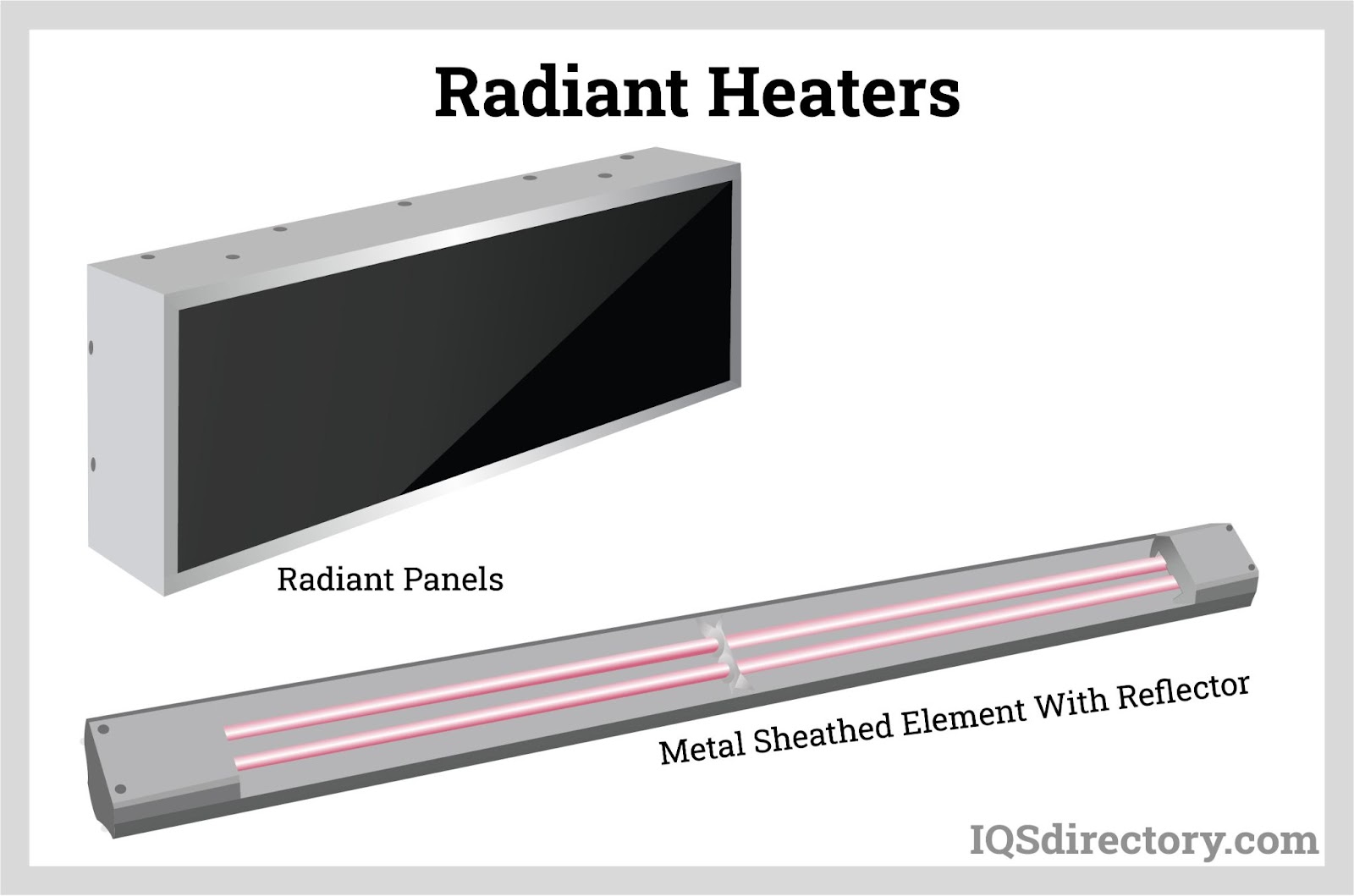The 9-Second Trick For 1 Source Portable Air
The 9-Second Trick For 1 Source Portable Air
Blog Article
Some Known Questions About 1 Source Portable Air.
Table of ContentsLittle Known Facts About 1 Source Portable Air.9 Simple Techniques For 1 Source Portable AirThe Best Strategy To Use For 1 Source Portable AirSome Known Facts About 1 Source Portable Air.1 Source Portable Air Fundamentals Explained
Running prices are based upon an electricity price of 40c/kWh. The costs for 3 months' use in winter are based upon 500 hours utilize, or about 6 hours per day for 3 months. Maximum warm output is based upon the maximum power level of the versions we've evaluated (we focus on greater wattage heaters).
On average, little follower heaters are much less expensive to get, however can have greater running expenses. Oil column heaters will certainly be the least expensive on the market to run (on standard) however just by a slim margin in advance of convection heating systems (like panel and micathermic panels).
Getting The 1 Source Portable Air To Work
If you have a reversible ceiling fan, it'll aid spread the heat around the room extra equally. A number of costly heaters have actually failed to excite our testers, while some more affordable designs make for surprisingly great buys.
As the name recommends, they radiate warmth from a heated heating aspect (so the family members will have to take turns resting in front of it). Radiant heating units are reasonably affordable.
The relatively exposed burner can be a fire and safety and security threat. For instance, an item of apparel went down over it might stir up, or toddlers playing around a floor version may melt themselves, so beware. Radiant heating systems usually set you back between $20 and $200. Oil-filled column heaters do not in fact melt oil they utilize electrical energy to heat the oil that's secured inside their columns or 'fins'.
Top Guidelines Of 1 Source Portable Air
Some column heaters aren't also oil-filled yet instead make use of other product or heating innovation to function similarly - 1 Source Portable Air. The danger of fire with an oil column heating unit is reduced compared to various other heater types, however never no. Oil heating systems do not have actually exposed elements like radiant heaters do, and their surface temperature level is reduced than many various other heating system kinds (their large surface area offsets it)
Oil column heating units won't blow up, and while they don't burn their oil to produce heat, it's still flammable, so there is a fire danger if the oil leaks, if the heating system pointers over and leaks, or if flammable things or fabric come right into contact or drop on the heating unit. You should work out the very same degree of care with oil heating systems when it comes to various other heater types, and never ever hang towels or clothing over one to dry them make use of a drying out rack rather, at least one metre away.
Column heaters are particularly beneficial in areas where they'll be switched over on for long durations of time or where they'll run neglected, such as over night in a bed room. The surfaces you're likely to my link touch on a column heating system don't get as hot as various other types of electrical heaters. You can utilize a ceiling fan on extremely reduced rate to assist the column heater to disperse the warmth quicker and much more uniformly.
Oil-filled column heating units normally cost in between $50 and $450. Convection and panel heating units attract chilly air over an electrical home heating element.
The 45-Second Trick For 1 Source Portable Air

Convection and panel heaters are extra mobile than their oil-filled column heater counterparts since they're significantly lighter. Like a column heating unit, you can use a ceiling follower on really reduced rate to disperse the warmth quicker and much more uniformly.

Excitement About 1 Source Portable Air
Follower heating systems are usually smaller sized and extra mobile than other electric heaters. They additionally are available in the type of tower fan heating systems, which can be better for distributing heat around bigger spaces as a result of their taller profile. They can heat the air in a room much more swiftly, equally and quickly than a few other heating system types.
Fan heating units (ceramic or otherwise) typically cost in between $60 and $900. Ceramic fan heating units aren't always any kind of various in cost to non-ceramic models.
Report this page